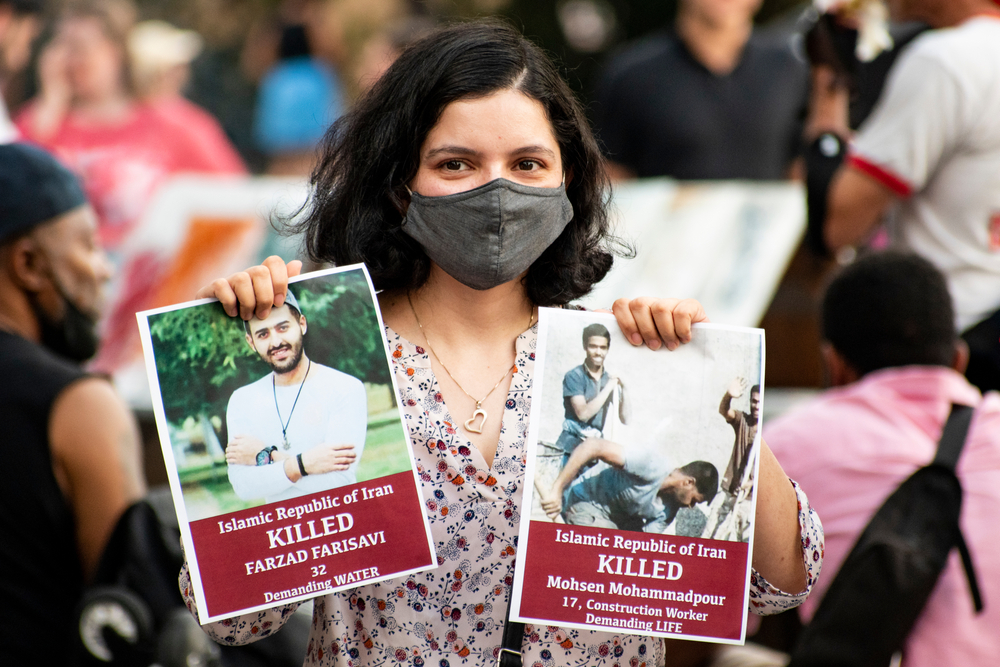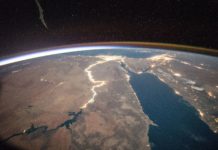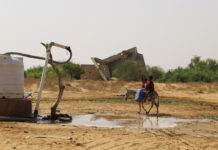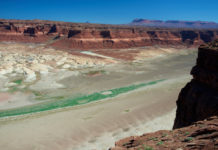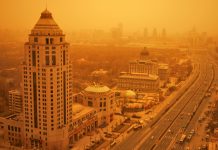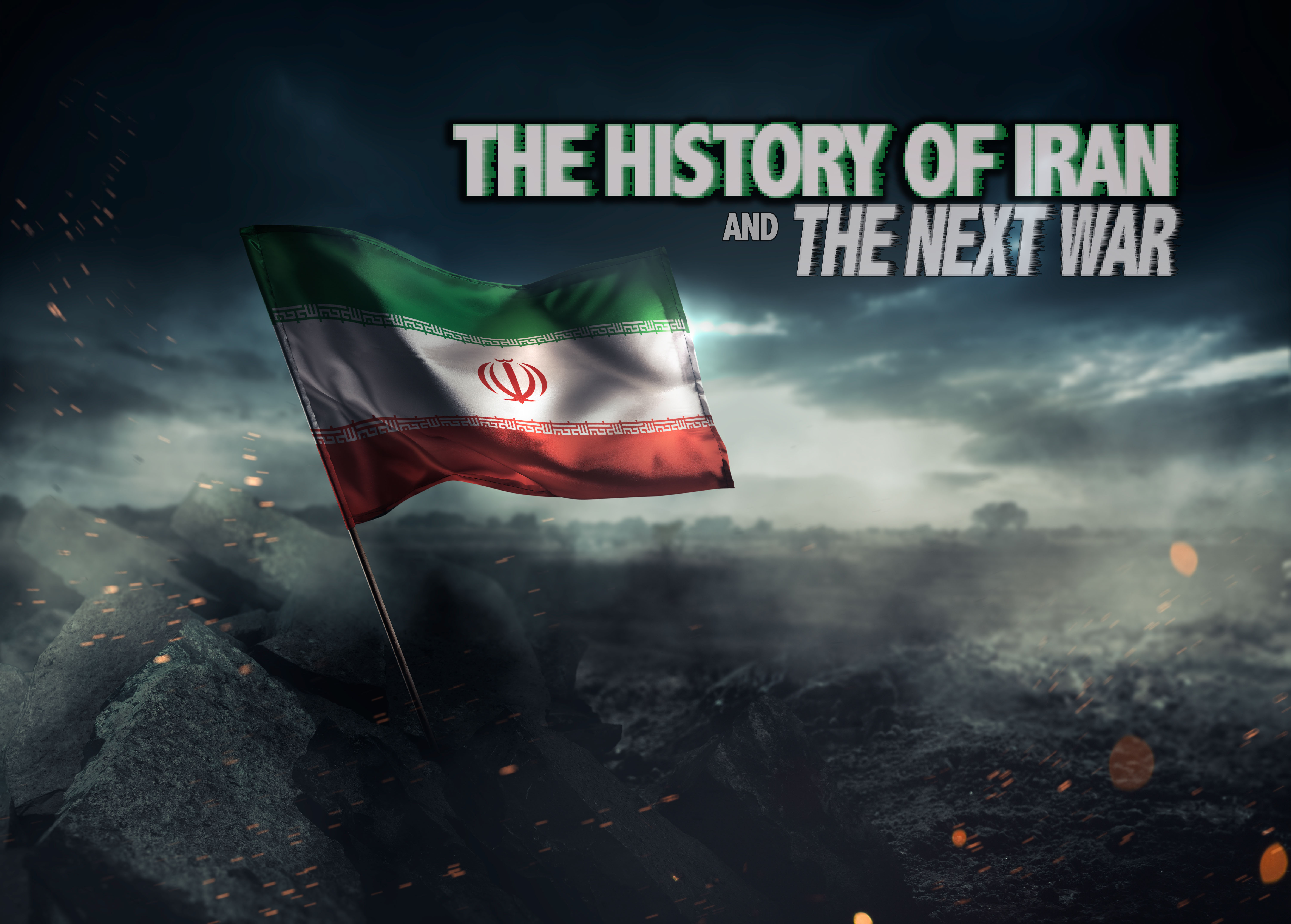In my 2019 book How the World Ends, I laid out three central crises: food, water, and population, that would serve as the foundation for a convergence of crises and chaos over the next half-century. The repercussions of these crises would compound. We are witnessing that today. This series of articles will track the continuing collapse of these essential systems in 2021. In this article, we look at the growing water crisis in Iran.
This month Iranian police fired on protesters in the western province of Khuzestan, killing two to five of the protesters, depending on which reports you believe. The protesters were not marching for freedom, democracy, or in opposition to corruption. They were demanding water.
Located in western Iran, Khuzestan is host to a large Arab population. In the Iran-Iraq War of the 1980s, Saddam Hussein set his sights on Khuzestan, imagining the local Arab population, often disenfranchised in Iran, would rally to his side. It didn’t happen, and the area was among the most devastated during the war. Today it is one of the major oil-producing areas of Iran, boasts the third-highest GDP among the country’s 31 provinces, and boasts some of the highest levels of wealth in Iran.
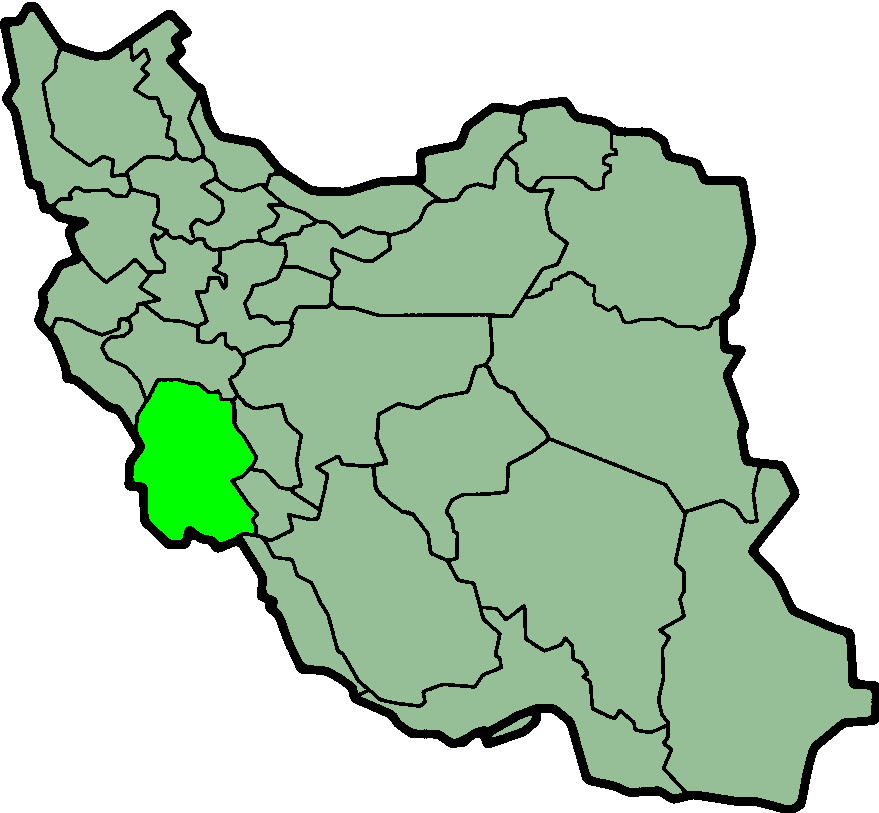
War. Oil. Wealth. None of these have shaken Khuzestan province like the Iranian water crisis is about to. Iran is consuming more water than it can replenish. In the next 50 years, the aquifers that supply the water for nearly half of Iran’s provinces will be depleted. Iran is currently experiencing its worst drought in the last half-century. The Iranian government says rainfall has declined by 52% in 2021. The shrinking water supply has stalled out hydroelectric dams leading to rolling blackouts this summer across the nation, including its capital city of Tehran.
Like many parts of the world today, the growing water crisis in Iran does not translate only to thirsty protesters and rolling blackouts. It translates to decreased agricultural production. Today agricultural production accounts for 70% of global water consumption. This week, a member of Iran’s parliament noted that 702 villages in Khuzestan lacked drinking water, but in the southern and northern parts of the province, their livestock are dying.
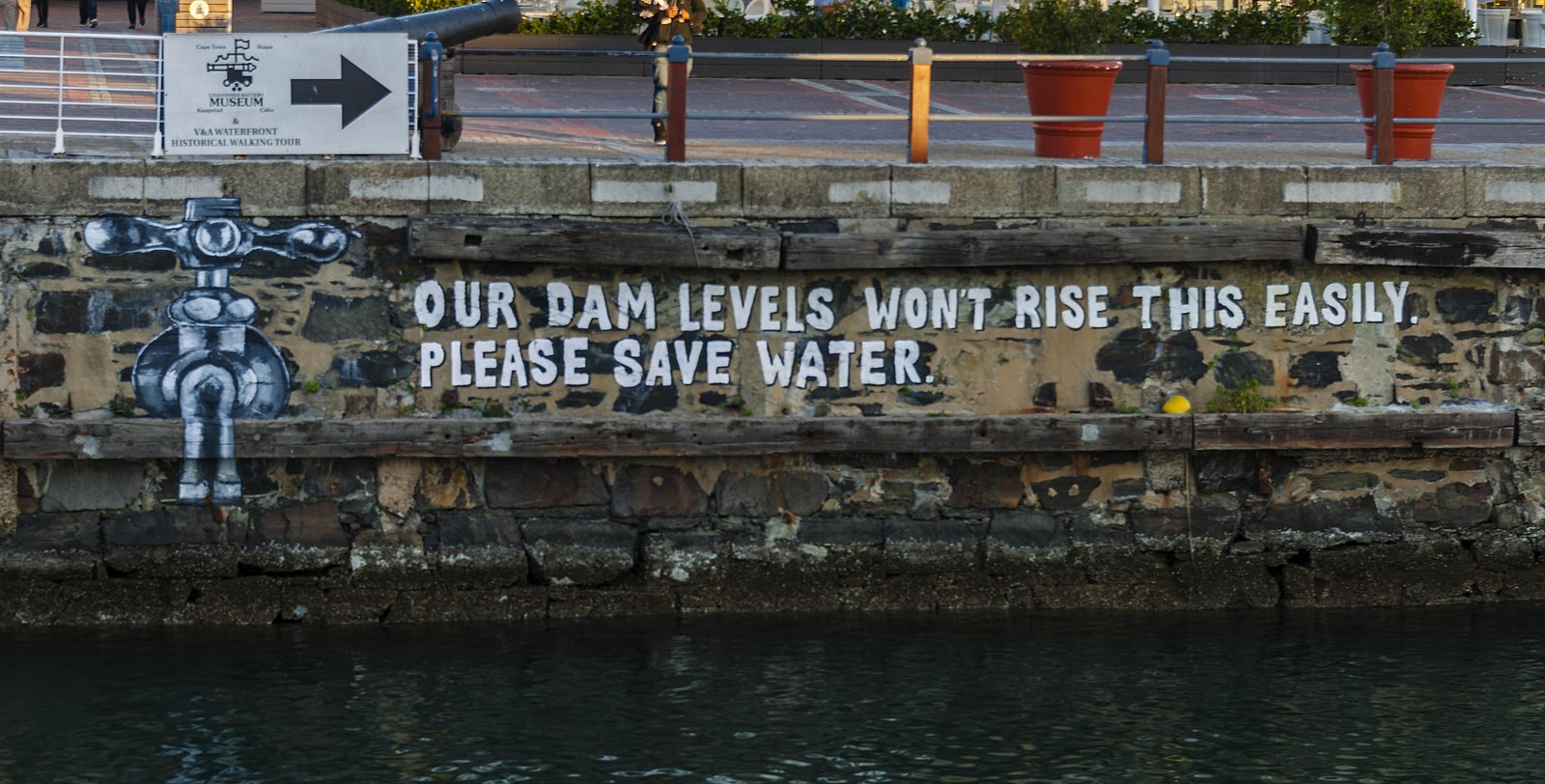
The compounding effects of climate change and drought contributed to Khuzestan’s water crisis but so has government mismanagement. Government constructed dams and reservoirs helped move Khuzestan toward water crisis. Cheap water and energy prices drove up consumption from the power those hydroelectric dams produced. The government could divert water supplies to Khuzestan from other parts of the country. They could also raise energy prices to tap down consumption. Each of those steps could also result in protests spreading throughout the country. Perhaps the Islamic Republic is more satisfied with a relatively contained crisis in Khuzestan.
As I explained in How the World Ends, the bottom-line to the global water crisis issue is not a water supply problem but a water distribution problem. While Khuzestan dries up, other parts of the world are saturated. These imbalances could be resolved by the generation that found a way to the moon – if resolution was a true priority. Unfortunately, as the global water crisis spreads, few leaders appear willing or able to rise to the challenge. It is easier to assign responsibility for the water crisis to climate change than design innovative plans centered upon global cooperation and prioritization.
(As an example, check out the concept of Sponge Cities, whose innovative technology we could alter and apply toward global solutions.)
The situation in Khuzestan Iran is not new, and it is not unique. The water crisis is a growing reality worldwide, from the American southwest to Sub Saharan Africa to the bulging megacities of Asia. We live in a time where growing protests and unrest inspired by foundational needs for human life are growing and spreading.

